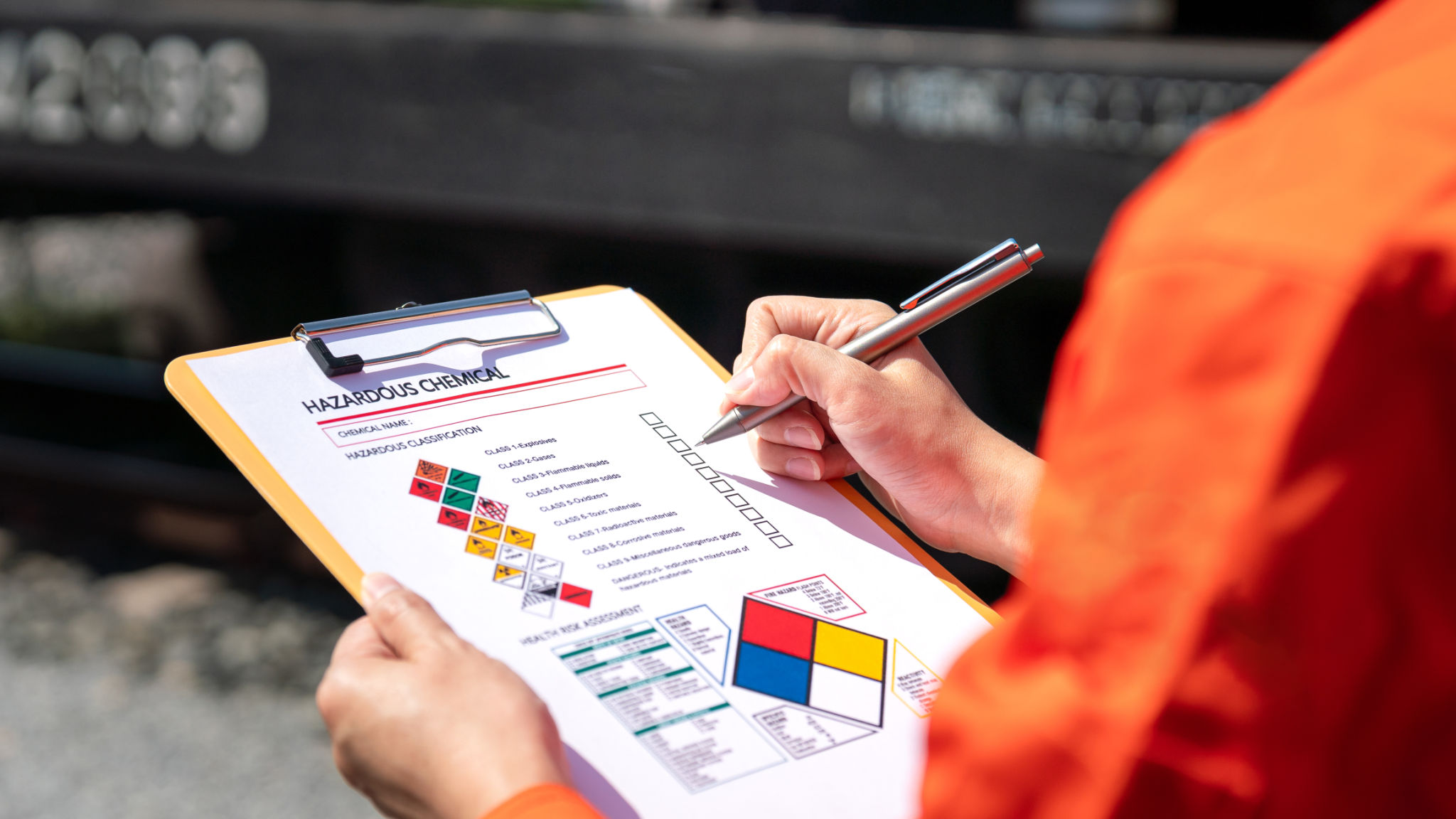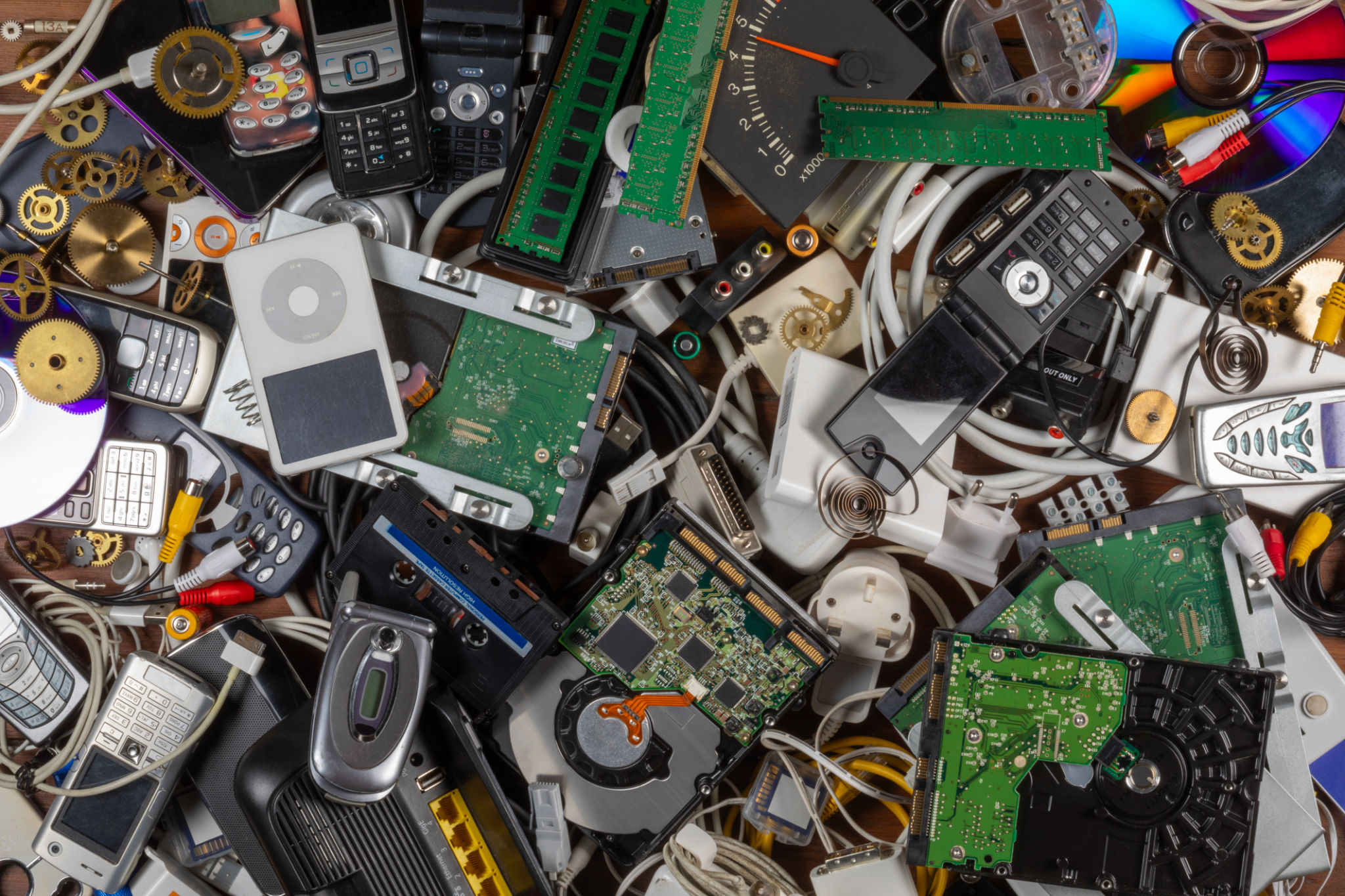Managing Hazardous Waste: Lessons from Tarlac's Trade and Transport Sector
Understanding Hazardous Waste in Tarlac
Managing hazardous waste is a critical issue for many regions, and the trade and transport sector in Tarlac provides a compelling case study in effective waste management strategies. This province in the Philippines has made significant strides in addressing the challenges posed by hazardous waste, offering valuable insights for other regions grappling with similar issues.
Hazardous waste includes materials that are toxic, flammable, corrosive, or reactive, posing significant threats to both the environment and public health. In Tarlac, where industries such as manufacturing and agriculture thrive, managing these materials efficiently is crucial to sustainable development.

The Role of Policy and Regulation
One of the key lessons from Tarlac's approach is the importance of strong regulatory frameworks. The local government has implemented stringent policies to ensure that hazardous waste is handled appropriately. These regulations mandate proper labeling, storage, and disposal of hazardous materials, minimizing the risk of contamination and accidents.
Moreover, regular inspections and penalties for non-compliance have been effective in promoting adherence to these standards. By prioritizing enforcement, Tarlac has set a precedent for accountability that other regions can emulate.

Innovative Waste Management Practices
Tarlac's trade and transport sector has adopted innovative practices to manage hazardous waste more effectively. One noteworthy initiative is the promotion of waste segregation at the source. By categorizing waste based on its properties, businesses can ensure safe handling and reduce the risk of cross-contamination.
Additionally, the integration of technology has played a significant role. Digital tracking systems allow for real-time monitoring of waste from its origin to its final disposal. This transparency helps in identifying inefficiencies and areas for improvement, ultimately leading to better management practices.

Community Engagement and Education
An often-overlooked aspect of hazardous waste management is community involvement. In Tarlac, local authorities have engaged with communities to raise awareness about the dangers of improper waste disposal. Educational campaigns and workshops are regularly conducted to inform residents about safe practices.
This approach not only empowers individuals but also builds a culture of responsibility and vigilance. By fostering a sense of collective ownership, Tarlac ensures that everyone plays a part in protecting the environment.
Collaboration with Local Businesses
The success of Tarlac's hazardous waste management strategy can also be attributed to its collaboration with local businesses. Companies are encouraged to adopt sustainable practices, and incentives are provided for those that exceed regulatory requirements. This partnership approach fosters innovation and shared responsibility across the sector.
Such collaborations also facilitate the exchange of knowledge and resources, enabling businesses to implement best practices more effectively. By working together, the trade and transport sector in Tarlac has created a robust network dedicated to sustainability.

Looking Ahead: Continuous Improvement
While Tarlac has made significant progress in managing hazardous waste, continuous improvement remains essential. Ongoing research and development are crucial to adapting to emerging challenges and technologies. By staying proactive, Tarlac can continue to lead by example in environmental stewardship.
The lessons learned from Tarlac's experience in hazardous waste management are not only applicable locally but also offer valuable insights for regions worldwide. Through effective regulation, innovative practices, community engagement, and collaboration, sustainable waste management is an achievable goal.
